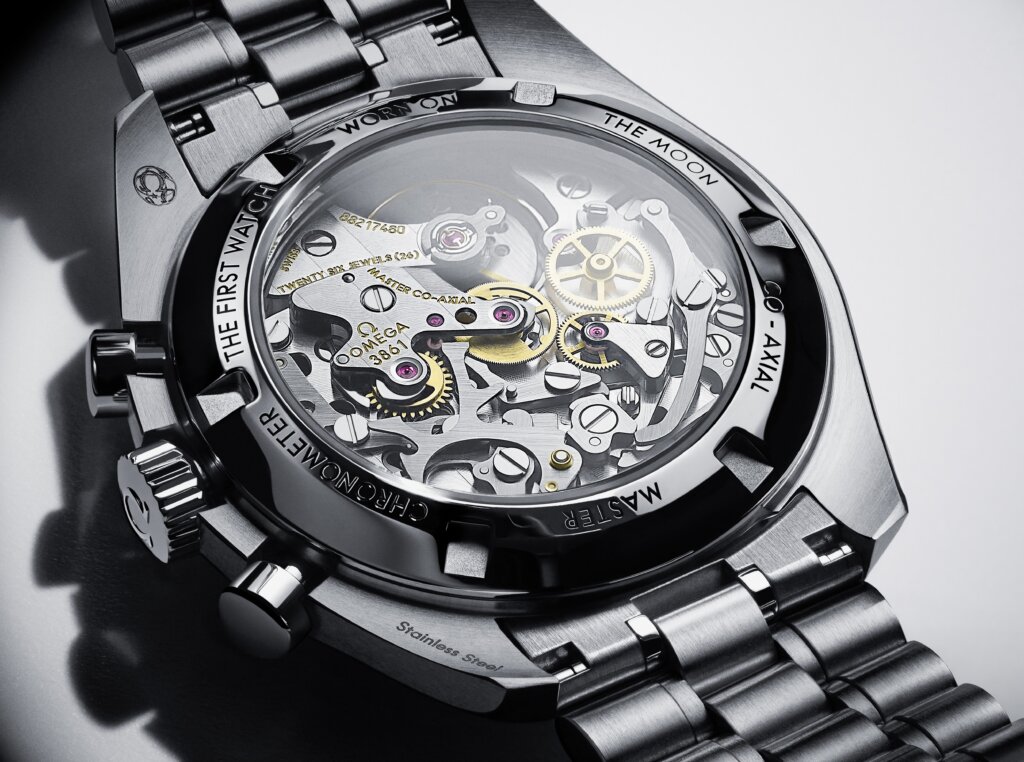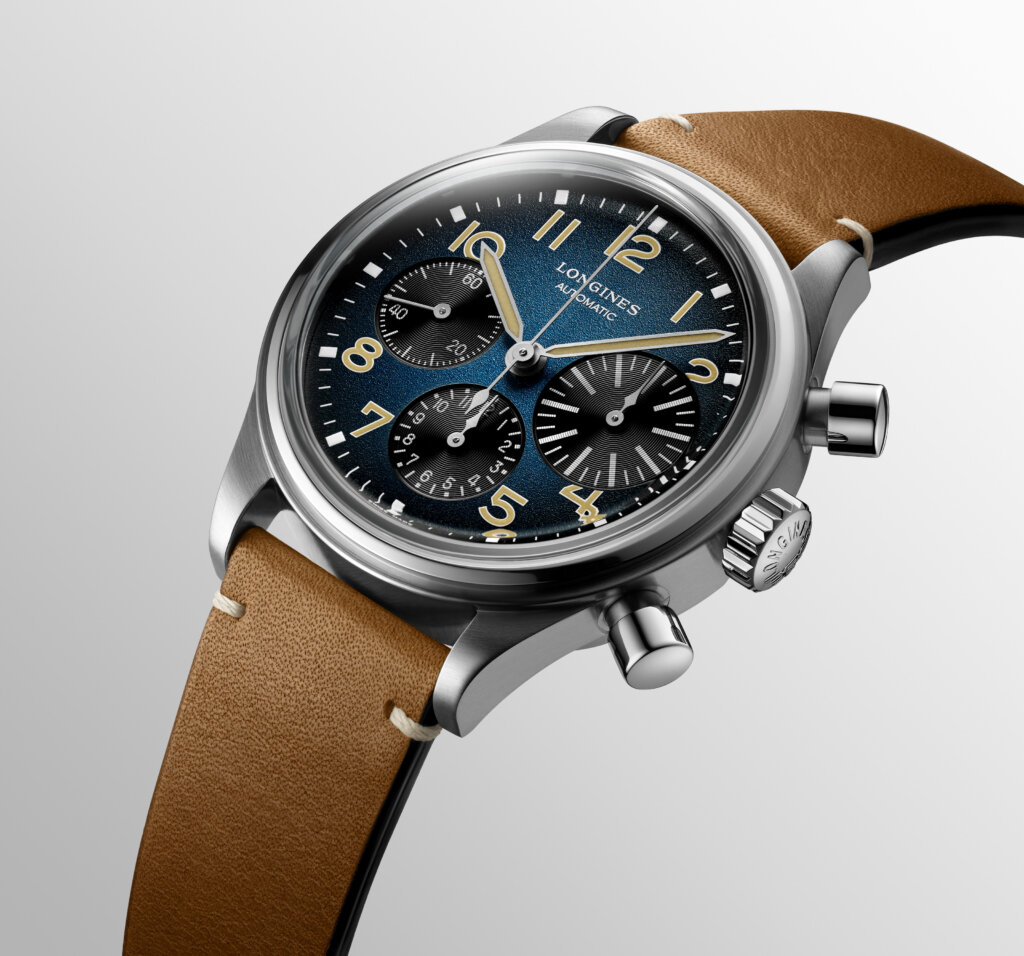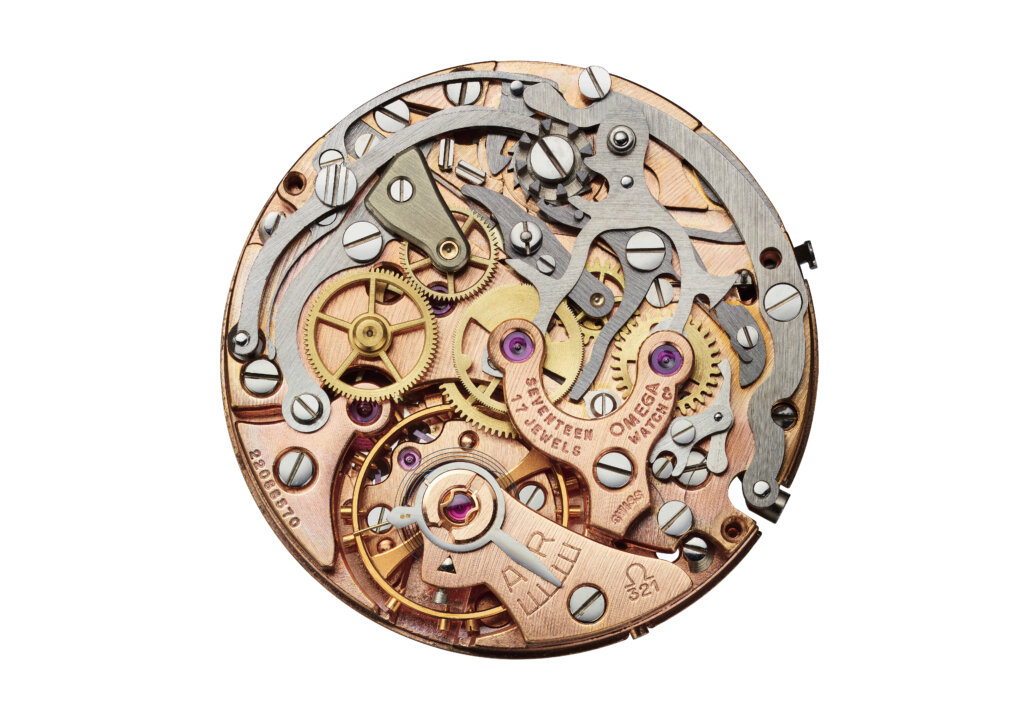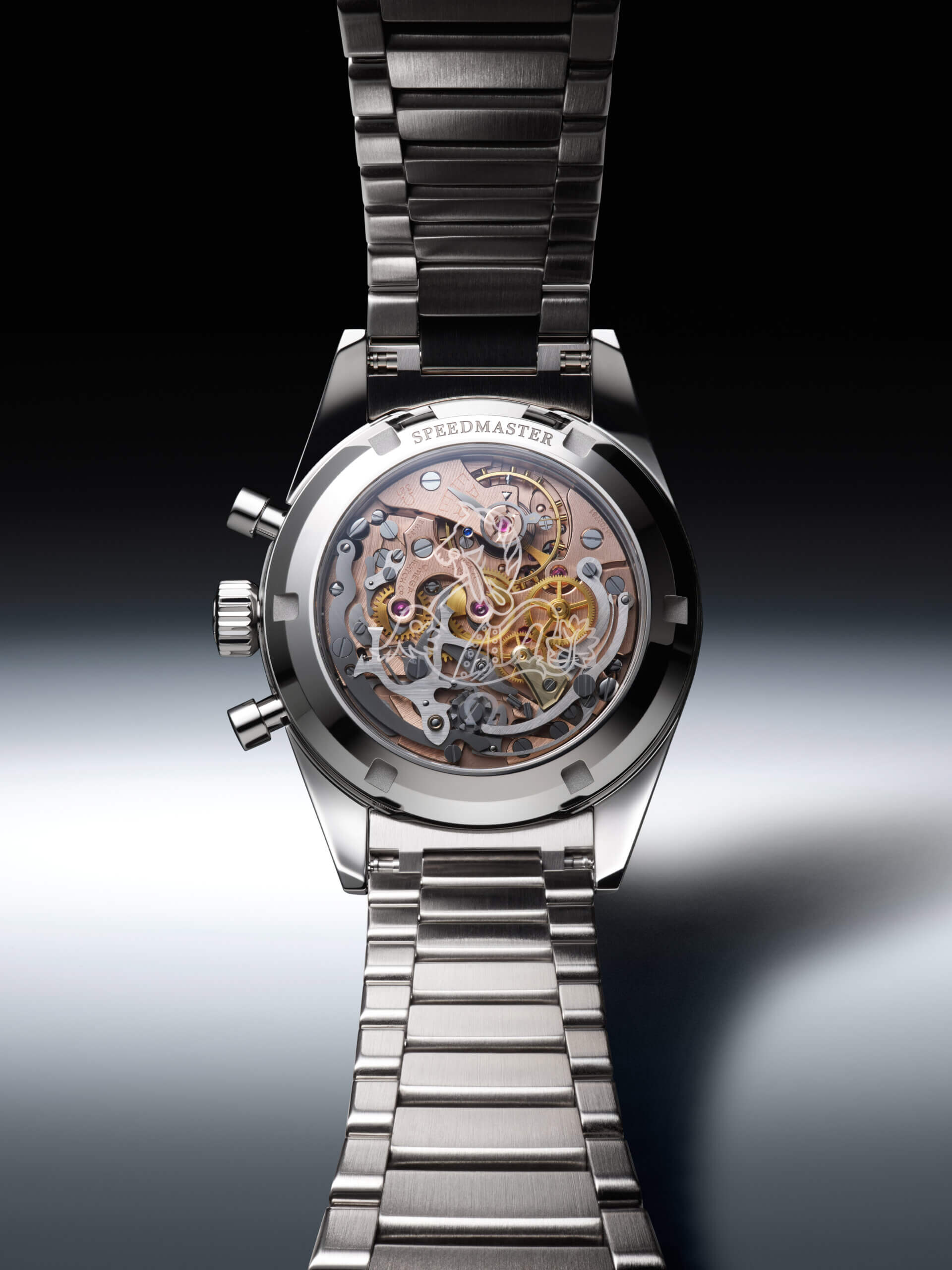If you’ve ever been interested in watches or how watches work, you’ve likely come across the term “chronograph.” But what exactly is a chronograph?
Simply put, a chronograph is more than just a regular watch—it’s a watch that combines the functions of a stopwatch with a traditional wristwatch.
This guide will walk you through everything you need to know about chronograph complications, from their history to how they work and the different types you might encounter.
Table of Contents
A Quick Dive Into Chronograph History
Let’s start with a bit of history. The chronograph was first invented in 1816 by Louis Moinet, a French watchmaker who needed a way to measure short time intervals precisely. Fast forward a few years to 1821, and another Frenchman, Nicolas Mathieu Rieussec, created a chronograph specifically to time horse races. His invention used a rotating disc to record the duration of an event, which is where the name “chronograph” (meaning “time writer”) comes from.
These early chronographs were a big hit and quickly became popular in various fields, including sports, science, and even aviation. Over the years, watchmakers have refined and improved chronographs, turning them into the precise and reliable tools we see today.
What Exactly Is a Chronograph Complication?
Alright, so what makes a chronograph so special? The key is in its “complication”. A complication is any feature that does more than just tell time.


For chronographs, the main complication is their ability to act as a stopwatch. This means you can start, stop, and reset the chronograph function to measure how long something takes, whether it’s timing your morning coffee brew or tracking laps on a racetrack.
How Does It Work?
A chronograph typically has two or three pushers (buttons) on the side of the watch case. These buttons control the stopwatch function.
When you press the start button, the chronograph hand(usually on the right side on either the top or bottom of the crown) starts moving. Press the stop button, and it halts, showing you the time elapsed. Press the reset button, and the hand snaps back to zero, ready to go again.
Now, behind the scenes, a lot is happening to make this all work smoothly. There are different types of mechanisms that control how the chronograph functions, and understanding these can help you appreciate the craftsmanship that goes into these watches.
Column Wheel vs. Cam-Actuated Chronographs
Column Wheel Chronographs: Think of these as the luxury version of chronographs. They use a small wheel with notches to control the chronograph functions, which makes for a super smooth operation. People often prefer column wheel chronographs because they’re more precise and have a traditional charm but are also more expensive.

Cam-Actuated Chronographs: These are the more affordable versions of Chronographs. Instead of a column wheel, they use a cam mechanism, which is simpler and easier to produce. While they might not be as smooth as column wheel chronographs, they’re still very high quality and easier to make and therefor more affordable.


All of this is on the inside of the watch so it makes no difference to how the watch looks.
For a more in-depth comparison, I recommend this article by Wound for life
Vertical Clutch vs. Horizontal Clutch
Horizontal Clutch
A horizontal clutch is an older system that works by sliding a wheel horizontally to engage with the movement. It works well but sometimes you’ll notice a tiny jump in the chronograph hand when you start it, which can throw off precise timing.
Vertical Clutch
This is the newer and better option. The vertical clutch engages the chronograph hand directly, leading to a super smooth start with no jumps. It’s more accurate and is usually found in higher-end chronographs.
Why Chronographs Are Popular?
So, why do people love chronographs so much? Part of it is the history and the craftsmanship that goes into making these timepieces. Wearing a chronograph is like carrying a piece of engineering art on your wrist.
It’s also about functionality—having a stopwatch at your fingertips can be really useful. You can obviously use your phone instead but using a watch is in my opinion a lot cooler.
Conclusion
Chronographs are fascinating, not just because of their ability to measure time so precisely, but because of the stories, the craftsmanship, and the passion that go into every single one. Whether you’re new to watches or a collector, understanding chronograph complications can give you a deeper appreciation for these incredible timepieces.




